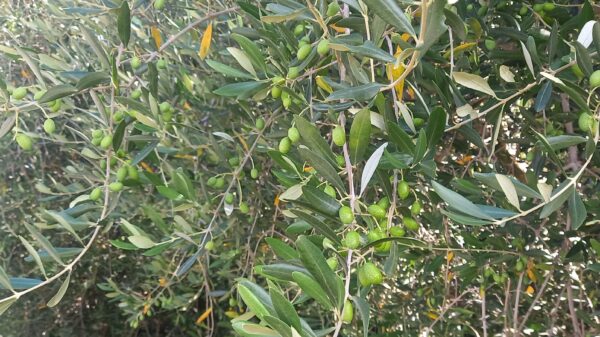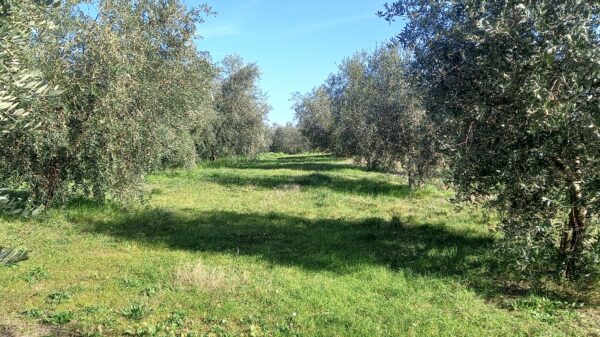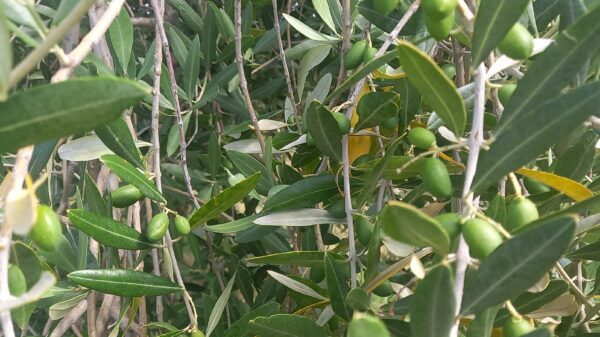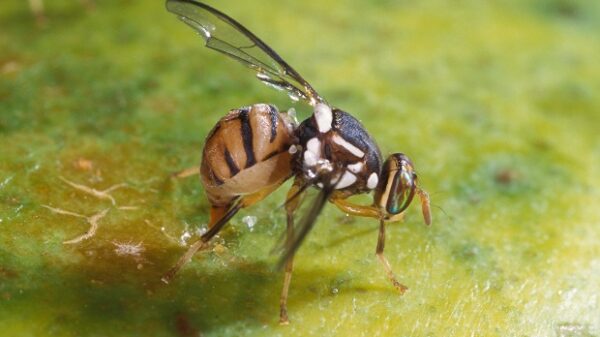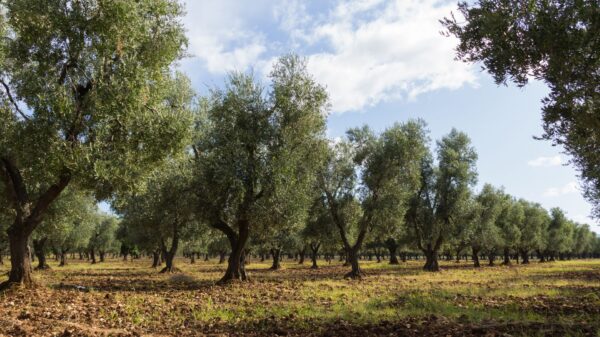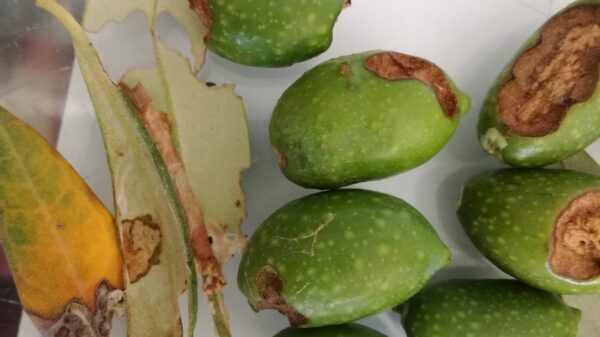In northern and central Italy, traditionally, the last ten days of January is considered as the coldest of the year: the 29, 30 and 31 they are called i "days of the blackbird" and according to popular belief they are the days coldest of the year. Where do this belief and this name come from? The origins would even date back to ancient Greece. It is said that Persephone, Hades' wife, spent the coldest months of the year in the realm of the dead, and then went out in spring making the earth flourish again as she passed. To announce her return, Persephone sent a blackbird as a messenger to her mother Demeter and, based on the day the blackbird arrived at her, it could be understood whether spring was early or not.
Another one legend she wants the bird to have dared to mock January (which had 29 days in the Roman calendar) and for this she was punished. The blackbird, after waiting all month, decided to go out on the last day of January to stock up on food. After making fun of January, she began to sing, arousing the wrath of the month that she asked February to borrow days to punish the bird that she had dared to defy him. Thus January unleashed a blizzard and frost, which forced the blackbird to find refuge in a chimney, from which it emerged completely black after three days. From then on, January always has 31 days, while February has 28 or 29, in a leap year. They are legends that he always associates with anyway a proverb: if blackbird days are cold, spring will be beautiful; if they are warm, spring will come late.
 Having said that in southern Italy and in Sicily the coldest phase of winter tends to be delayed and takes place in the first fortnight of February, "we are however in the presence of climatic situations which give rise to concern for the olive grower – as it reminds us Enzo Gambin, director of Aipo Verona – because under the influence of the cold, the softest and greenest fabrics of the olive tree, like the leaves and twigs of the year, they could blame gods damage, especially for the occurrence of the freezing. Gelicide is a phenomenon that has become increasingly widespread in recent years and should not be confused with frost and frost: it occurs when there is a layer of cold air at ground level, below 0 degrees, while above there is a warmer layer of air. This phenomenon could lead to freeze moisture present in plant parts, forming a layer of ice e causing the plant a sudden change in temperature, intense and rapid, which would lead her to thermal shock, with consequences that could come to create, especially for the crowns of the olive tree, frost burns to leaves and twigs, up to lead to the death of these plant parts. Usually the damage becomes visible after the ice layer has melted, with the appearance of the evident signs of the immediate leaf necrosis, which become yellow/tan, and with similar symptoms also sui young twigs where you can also highlight splits or cracks. The functioning of these tissues is compromised and, since they are usually one-year-old branches, the harvest of that year is also threatened.
Having said that in southern Italy and in Sicily the coldest phase of winter tends to be delayed and takes place in the first fortnight of February, "we are however in the presence of climatic situations which give rise to concern for the olive grower – as it reminds us Enzo Gambin, director of Aipo Verona – because under the influence of the cold, the softest and greenest fabrics of the olive tree, like the leaves and twigs of the year, they could blame gods damage, especially for the occurrence of the freezing. Gelicide is a phenomenon that has become increasingly widespread in recent years and should not be confused with frost and frost: it occurs when there is a layer of cold air at ground level, below 0 degrees, while above there is a warmer layer of air. This phenomenon could lead to freeze moisture present in plant parts, forming a layer of ice e causing the plant a sudden change in temperature, intense and rapid, which would lead her to thermal shock, with consequences that could come to create, especially for the crowns of the olive tree, frost burns to leaves and twigs, up to lead to the death of these plant parts. Usually the damage becomes visible after the ice layer has melted, with the appearance of the evident signs of the immediate leaf necrosis, which become yellow/tan, and with similar symptoms also sui young twigs where you can also highlight splits or cracks. The functioning of these tissues is compromised and, since they are usually one-year-old branches, the harvest of that year is also threatened.
Another problem encountered in this period le gusts of strong wind, which, in some olive groves, have caused injury damage and beatings a branches e leaves. Now these micro-wounds can be entry point for parasites, particularly for the bacterium Pseudomonas savastanoi, responsible for olive mange disease. For wind damage, at the moment, however, it is not possible to intervene with specific treatments either to disinfect the wounds or to increase resistance to stress".
di

